September 21, 2023
Since the earliest days of humanity, technology and food have gone hand-in-hand. Our ancestors used fire to cook food, and stone tools to catch and prepare it.
And the connection between food and technology still holds today. IEEE Xplore, which contains over six million articles on the latest groundbreaking technologies, even includes a variety of research analyzing food preparation techniques and even recipes. The popular phrase “the greatest invention since sliced bread,” is commonly used to denote a particularly useful new technology. Incidentally, the first machine to slice bread was developed in 1928.
Artificial intelligence and robotics mark the latest frontiers in food technology. With advancements in these fields coming faster than ever, we thought it would be interesting to discuss some of the ideas that technologists are pursuing, and what’s possible now:
From images to recipes: In a world dominated by visual content, the number of food photos published on social media every day is staggering. But have you ever looked at an image and wondered “How do I make that?” If so, you’re not alone – in fact, a group of researchers recently unveiled a dataset they developed that is entirely devoted to Indian cuisine, since existing tools do not contain many regional and traditional dishes native to India.
Powered by machine learning, the dataset is intended to take an image of an Indian dish as input, identify its ingredients, and retrieve the dish’s title.
Still, it’s important to note that these techniques don’t just rely on images alone. Being able to connect an image to a larger database of recipes is key.
“Current machine vision technologies can understand what’s on a plate with moderate accuracy,” said IEEE Senior Member Eleanor “Nell” Waston. “However, many ingredients such as butter or garlic will not be visually distinguishable on the finished product, frustrating this process.”
Robotic apprentice: Research suggests that the more time we spend cooking, the healthier our food is. But many of us don’t have time to cook. Technologists are now working with robots that can learn by watching humans, and they’re applying that to the kitchen, which could lead to a huge time savings, and better health.
IEEE Senior Member Euclides Chuma notes that humans use all of their senses, and complex motions of movement to cook food, things that are very complex for robots to integrate.
“These types of interactions with the world are very complex for machines to perform, but common for humans,” Chuma said. “Cooking simple and industrialized foods can be performed by robots without major challenges. However, cooking fresh food, with different textures, flavors and aromas to produce a tasty meal is an art that some human beings are masters of. Perhaps, in the future, machines will also be able to perform these tasks. It will require many different sensors and many types of complex algorithms of artificial intelligence to reach this level.”
Ingredient recommender: So there you are: one hour from dinner, a refrigerator filled with seemingly potential ingredients, and no plan on what you will actually cook. Ingredient recommender systems can help. They’ll tell you what you can cook, identify additional ingredients you may need, and connect you to a list of recipes. Technologists are also experimenting with systems that can consider diet types, level of cooking sophistication, and cuisines.
“We seem to be far from machines that can possess gustatory senses and qualia of enjoyment, so it would be very challenging for machines to create genuinely palatable and interesting novel tastes,” Watson said. “One thing machines might be good at, however, is remixing recipes, such as altering the scale of something (e.g. bitesize baked potatoes), or creating menu fusions of cuisine not typically served with each other, yet which can complement, such as Indian and Mexican.”
Never order the wrong thing again: Have you ever had trouble making a decision when looking at a menu, only to just choose something randomly when the waiter comes by to take your order? Have you ever regretted what you ordered while the people one table over feast on something that looks delicious? Maybe data science can help, in the form of an algorithm that translates your preferences to the ideal meal.
“Food and ingredient recommender systems use food analysis as their core component to obtain users’ food consumption data. Food analysis may broadly include category recognition, quantity estimation, as well as ingredient and cooking instruction recognition, and it is mostly done with the help of neural network techniques, said IEEE Senior Member Ayesha Iqbal. “Eventually, an AI-based recommender system would be able to provide its recommendations based on the behavior, preferences and needs of the user.”
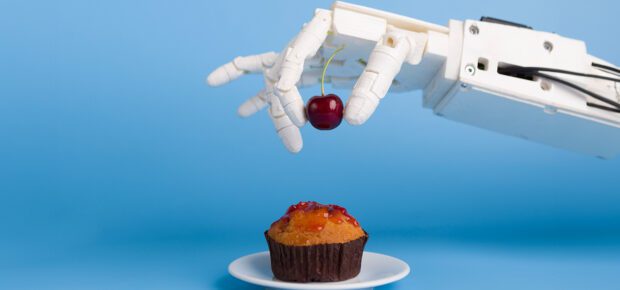

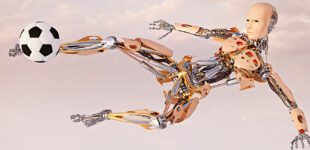


 Meaningful Momentum or Running in Place?
Meaningful Momentum or Running in Place?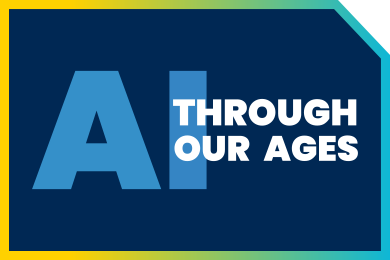 AI Through Our Ages
AI Through Our Ages Liquid Infrastructure: Our Planet's Most Precious Resource
Liquid Infrastructure: Our Planet's Most Precious Resource The Impact of Technology in 2025
The Impact of Technology in 2025 Quantum and AI: Safeguards or Threats to Cybersecurity?
Quantum and AI: Safeguards or Threats to Cybersecurity? Why AI Can't Live Without Us
Why AI Can't Live Without Us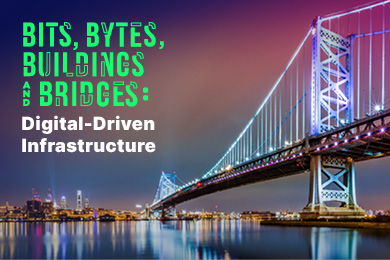 Bits, Bytes, Buildings and Bridges: Digital-Driven Infrastructure
Bits, Bytes, Buildings and Bridges: Digital-Driven Infrastructure Impact of Technology in 2024
Impact of Technology in 2024 Emerging AI Cybersecurity Challenges and Solutions
Emerging AI Cybersecurity Challenges and Solutions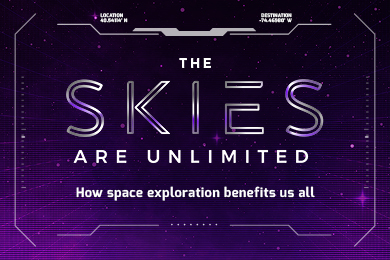 The Skies are Unlimited
The Skies are Unlimited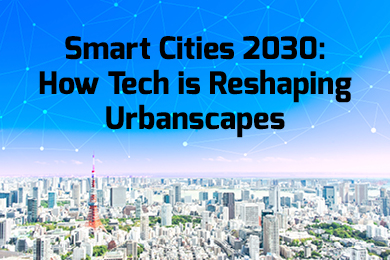 Smart Cities 2030: How Tech is Reshaping Urbanscapes
Smart Cities 2030: How Tech is Reshaping Urbanscapes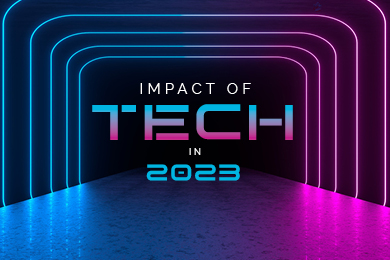 Impact of Technology 2023
Impact of Technology 2023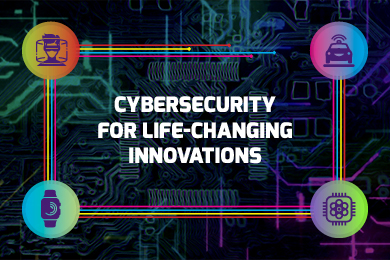 Cybersecurity for Life-Changing Innovations
Cybersecurity for Life-Changing Innovations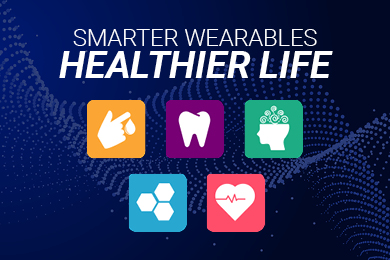 Smarter Wearables Healthier Life
Smarter Wearables Healthier Life Infrastructure In Motion
Infrastructure In Motion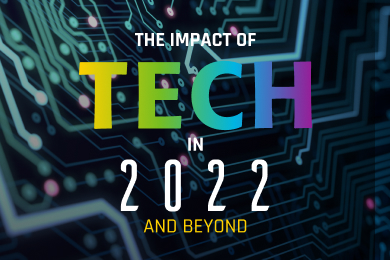 The Impact of Tech in 2022 and Beyond
The Impact of Tech in 2022 and Beyond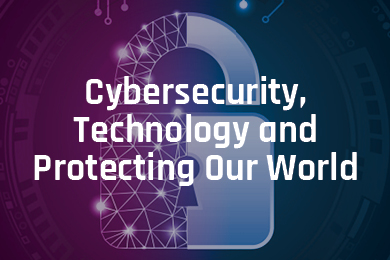 Cybersecurity, Technology and Protecting Our World
Cybersecurity, Technology and Protecting Our World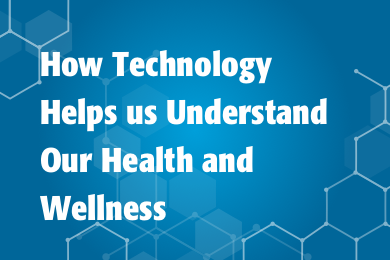 How Technology Helps us Understand Our Health and Wellness
How Technology Helps us Understand Our Health and Wellness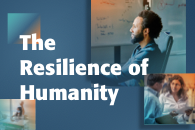 The Resilience of Humanity
The Resilience of Humanity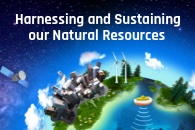 Harnessing and Sustaining our Natural Resources
Harnessing and Sustaining our Natural Resources Creating Healthy Spaces Through Technology
Creating Healthy Spaces Through Technology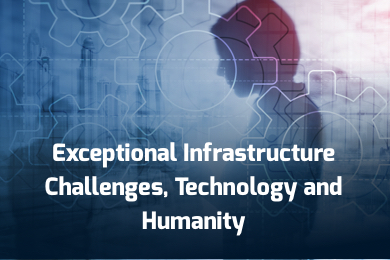 Exceptional Infrastructure Challenges, Technology and Humanity
Exceptional Infrastructure Challenges, Technology and Humanity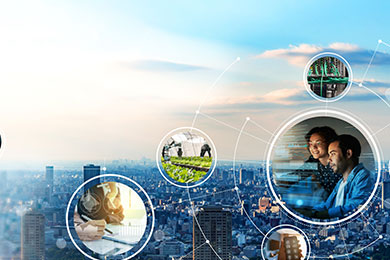 The Global Impact of IEEE's 802 Standards
The Global Impact of IEEE's 802 Standards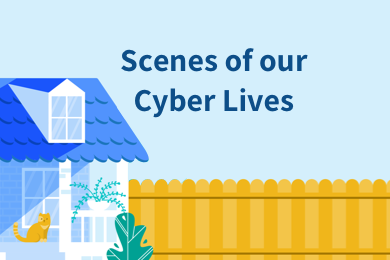 Scenes of our Cyber Lives: The Security Threats and Technology Solutions Protecting Us
Scenes of our Cyber Lives: The Security Threats and Technology Solutions Protecting Us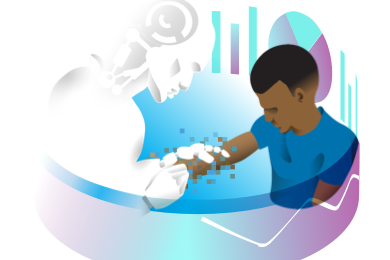 How Millennial Parents are Embracing Health and Wellness Technologies for Their Generation Alpha Kids
How Millennial Parents are Embracing Health and Wellness Technologies for Their Generation Alpha Kids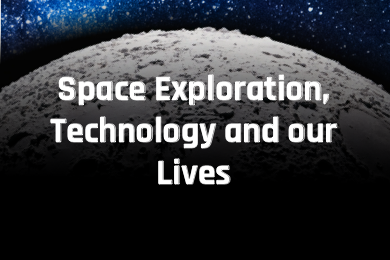 Space Exploration, Technology and Our Lives
Space Exploration, Technology and Our Lives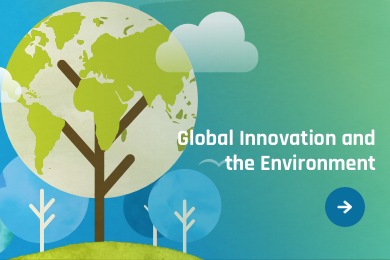 Global Innovation and the Environment
Global Innovation and the Environment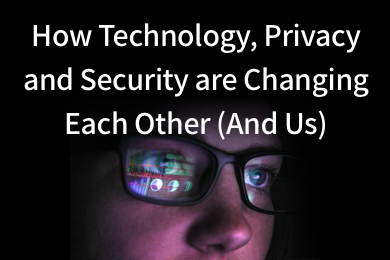 How Technology, Privacy and Security are Changing Each Other (And Us)
How Technology, Privacy and Security are Changing Each Other (And Us)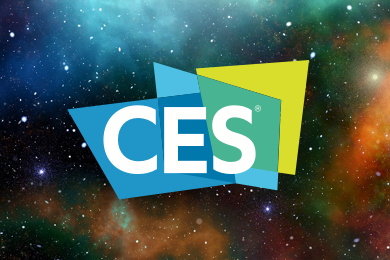 Find us in booth 31506, LVCC South Hall 3 and experience the Technology Moon Walk
Find us in booth 31506, LVCC South Hall 3 and experience the Technology Moon Walk Virtual and Mixed Reality
Virtual and Mixed Reality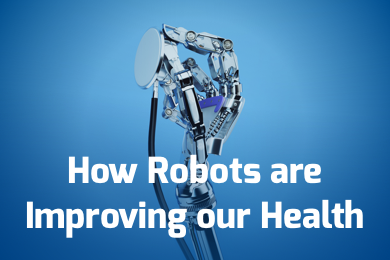 How Robots are Improving our Health
How Robots are Improving our Health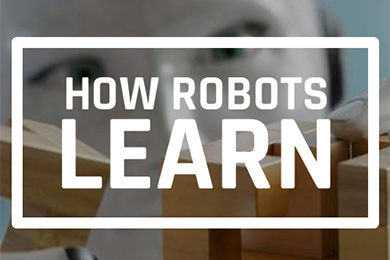 IEEE Experts and the Robots They are Teaching
IEEE Experts and the Robots They are Teaching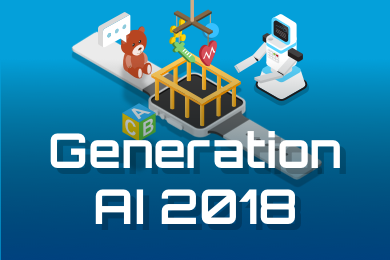 See how millennial parents around the world see AI impacting the lives of their tech-infused offspring
See how millennial parents around the world see AI impacting the lives of their tech-infused offspring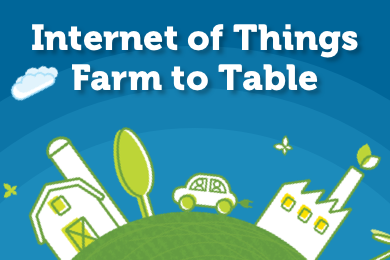 Take the journey from farm to table and learn how IoT will help us reach the rising demand for food production
Take the journey from farm to table and learn how IoT will help us reach the rising demand for food production Watch technical experts discuss the latest cyber threats
Watch technical experts discuss the latest cyber threats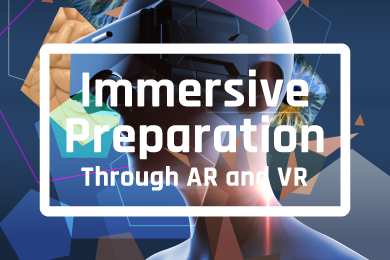 Explore how researchers, teachers, explorers, healthcare and medical professionals use immersive technologies
Explore how researchers, teachers, explorers, healthcare and medical professionals use immersive technologies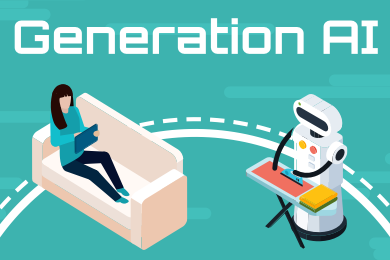 Follow the timeline to see how Generation AI will be impacted by technology
Follow the timeline to see how Generation AI will be impacted by technology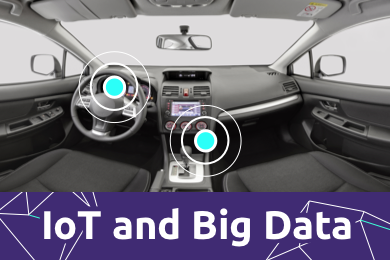 Learn how your IoT data can be used by experiencing a day in a connected life
Learn how your IoT data can be used by experiencing a day in a connected life Listen to technical experts discuss the biggest security threats today
Listen to technical experts discuss the biggest security threats today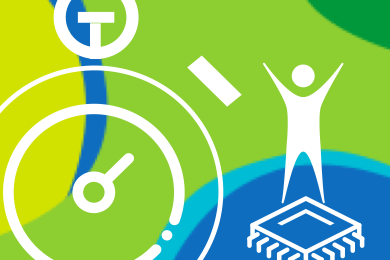 See how tech has influenced and evolved with the Games
See how tech has influenced and evolved with the Games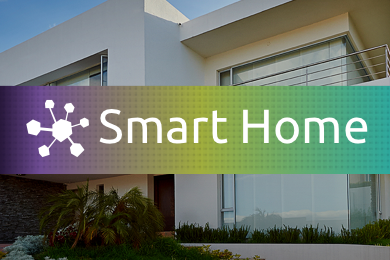 Enter our virtual home to explore the IoT (Internet of Things) technologies
Enter our virtual home to explore the IoT (Internet of Things) technologies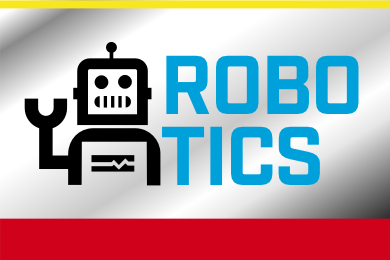 Explore an interactive map showcasing exciting innovations in robotics
Explore an interactive map showcasing exciting innovations in robotics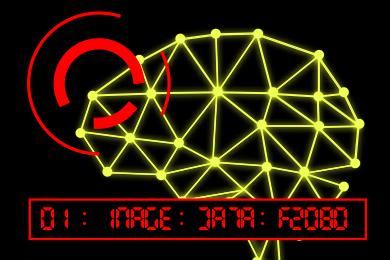 Interactively explore A.I. in recent Hollywood movies
Interactively explore A.I. in recent Hollywood movies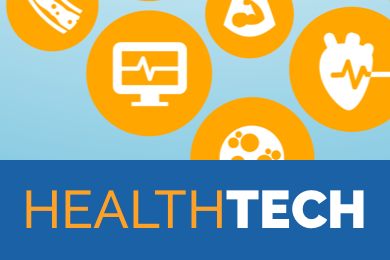 Get immersed in technologies that will improve patients' lives
Get immersed in technologies that will improve patients' lives